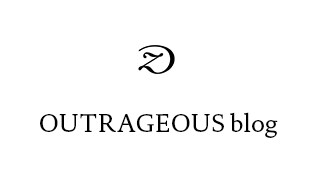ALEXANDRU CHIRA
Into the Land Lab
Curated by Erwin Kessler
November 9 – December 18, 2019
Opening: November 9., 6 – 9 pm
Into the Land Lab
Curated by Erwin Kessler
November 9 – December 18, 2019
Opening: November 9., 6 – 9 pm
The poetically displaced scientism of Alexandru Chira’s painting is grounded on a mystical animism mesmerized by the natural forces turned into totems and symbols. Offspring of a peasant family, Chira worked in his art lab the same way peasants work the field: he sowed symbols in the paintings, sometimes grafted them to engender new semiotic ensembles and then harvested and gathered everything into painted containers of various shape and size. His symbolic art-farming is literally down-to-earth, extracted from the works, the tools and the seasons of the agricultural world, transfigured by turning them on their poetic side. Ploughing and sowing is art, work and creativity. Rain is revelation, happiness and fertility. Snake is sex, wisdom, and death. Safety pin is vulva, eye, and infant. Hill is breast, church and UFO too. His work is visual but also lexical, the symbols working like a poetic/mystical language, articulating sentences like The Winged Spindle – Study for a Stereopoem, The Suspended Village – Study for a Stereopoem, The Rose of the Senses, The Winged Lamp – Study for a Telepoem. These are not only the titles of some of the exhibited works, but the proper content of the works, seen as a self-conscious language of visual symbols functioning in a semantic manner.
Astral and earthly at the same time, the work of Alexandru Chira is disconcerting because mixing up inputs from apparently disconnected, in-communicating universes and cultural idioms. Besides the fundamental, field-work related paraphernalia, he brought into his lab elements taken from a rhapsodic reconstruction of geometry, from speculative astronomy, and even from a surface-focused understanding of chemistry. Frequently, his works have curious, diamond shapes like lozenges, resembling the scientific, conventional formulas of aromatic hydrocarbs (like vinyl or fenyl). His interest in biology is reflected in the many figure-like constructions, in which intricate symbols and abstract shapes combine to show transparent human faces, with mouths, eyes and noses. Investigating the ritual impact of twins and re-doubled works make also part from Chira’s own para-scientific protocols suggesting a world of enigmatic relationships and correspondences.
The Land Lab of Chira is provided with peculiar instruments of researching inner skies via his poetic, cosmo-geo-mystics. As the instruments are consummate paintings, their doubtful scientific findings are surpassed by their alluring, aesthetic charisma.
Erwin Kessler, curator








